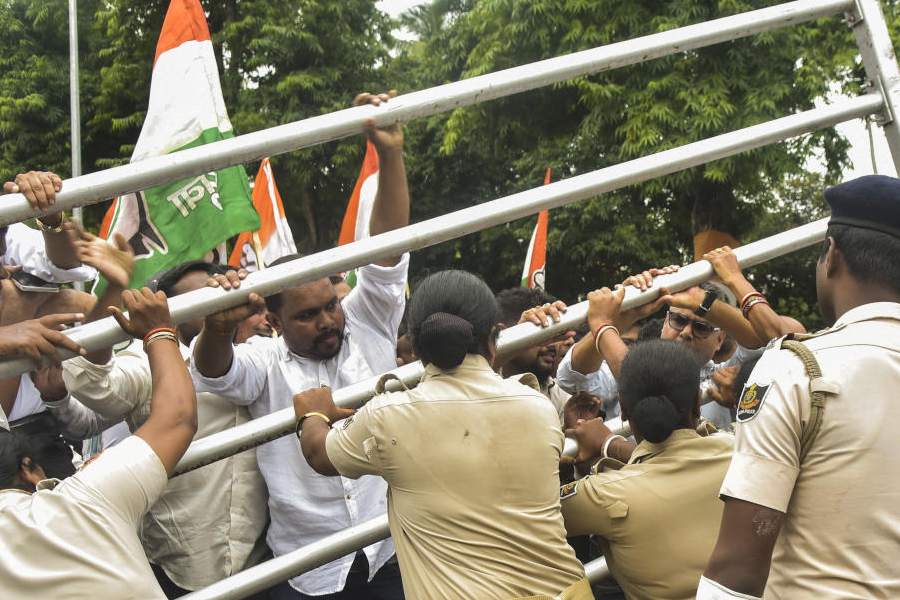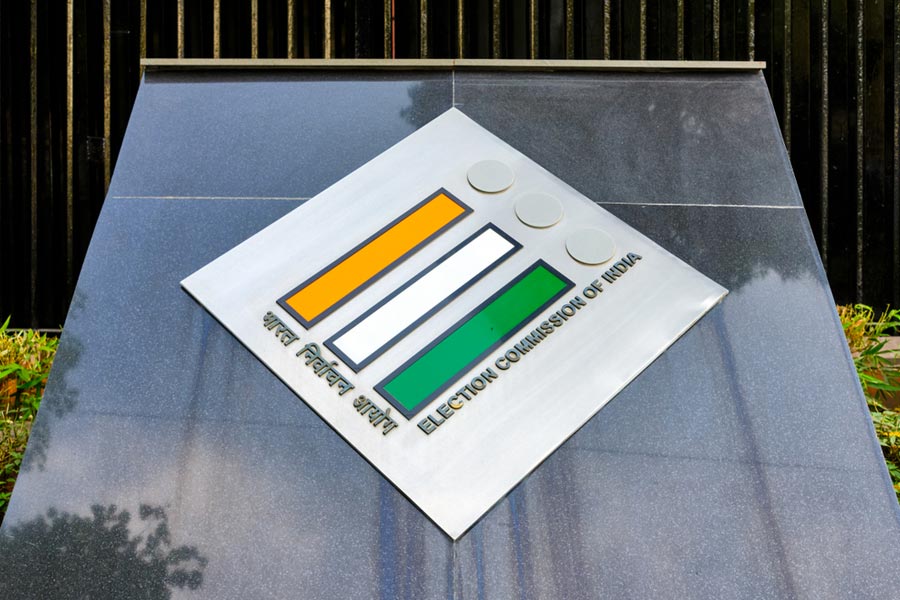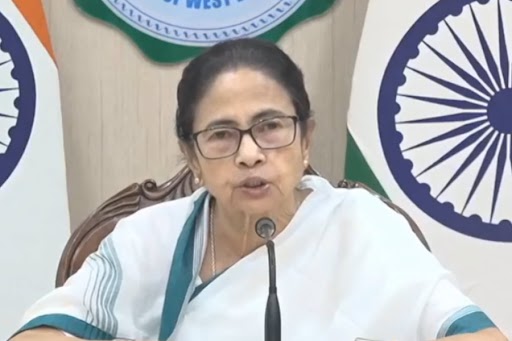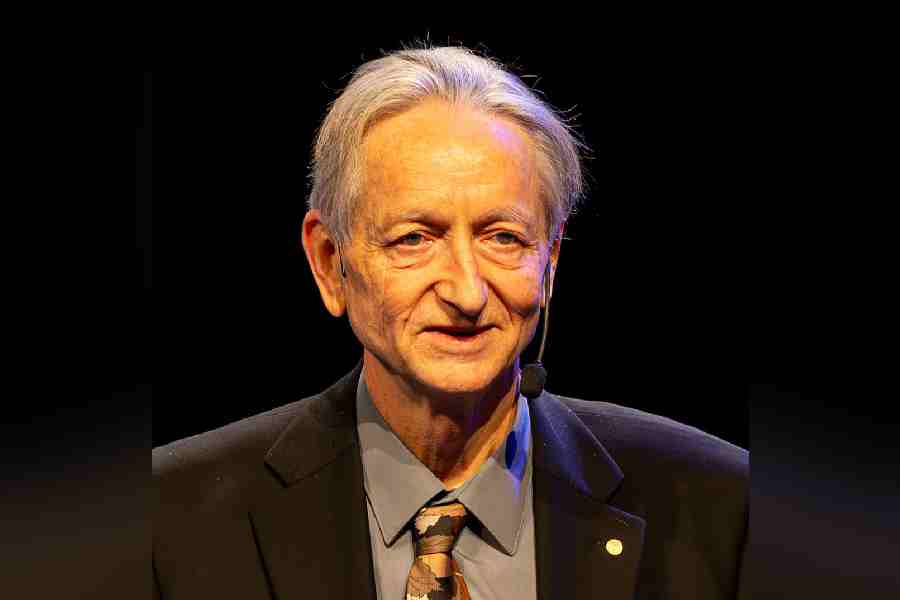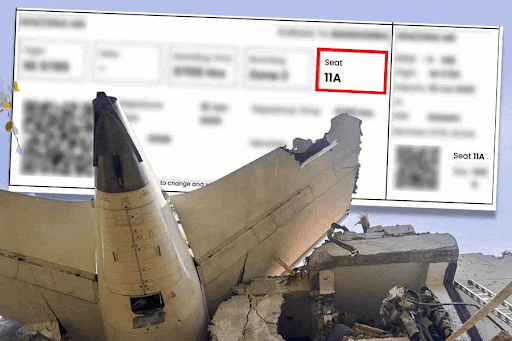.jpg)
Any city that can hold its own against Paris is quite something and Prague manages to do that. I arrived in Prague after four blissful days with friends in Paris who spoilt me and my teenage son something rotten and hoped fervently that Prague would not be a let-down.
There was no danger of that. Within minutes of arriving at my B&B in Mala Strana — to my mind the most picturesque part of the city — I walked across the famous Charles Bridge and saw the stunning fairy-tale skylines on both sides of the river of spires, domes, castles and the handsomest buildings you can find in
Europe in a city that goes back a millennium.
However, I arrived at the wrong time of year. Don’t plan a trip to Prague in August. It is heaving with tourists. That said, it is still surprisingly easy to slip away from the main tourist areas into a charming side street with a cobbled square, a Baroque church and small family-owned boutiques selling Czech ceramics where the crowds have suddenly melted away and you can quietly explore this exquisite city.
While the metro and trams are good, you don’t really need them in Prague. Pretty much everywhere you might want to go is within walking distance. The city is well-geared to tourists and most Czechs have a few words of English, so you rarely feel lost. The city is also surprisingly inexpensive (cheaper than eating out in many Indian cities). You can have an excellent grilled salmon fillet with a glass of beer.
.jpg)
.jpg)
First, a sordid confession of rank philistinism. I skipped the museums. Having seen a lot of them in Paris, I wanted to stay outdoors, on the streets. The National Museum looked too daunting and the smaller ones too insignificant.
The only exception I made was the Jewish Museum, where the ornate Spanish Synagogue is worth seeing, along with the story of how Czech Jews were treated as sub-human for centuries before they were assimilated, only to be deported to concentration camps under the Nazis.
Everyone walks across Charles Bridge with its Baroque statues lining the parapets. I preferred walking here early in the morning because it gets crowded with tourists, trinket sellers and buskers later in the day. The vistas from the bridge are magical.
The Old Town Square is a historic square in the Old Quarter of the city situated between Wenceslas Square (a sort of Champs Élysées) and Charles Bridge, where the history of the city oozes from every stone. Here you have buildings in Baroque, Gothic and Romanesque styles, a vast open space and plenty of cafés to sit and soak in the atmosphere.
Every hour, crowds gather beneath the Old Town Hall Tower to watch the Astronomical Clock in action. The best thing about it is that it lasts only 45 seconds. All that happened was that four medieval figures representing four vices became visible through the windows, but everyone seemed thrilled.

We, however, got lucky with our dinner, stumbling across Restaurant Giovanni, just off the square, where
we ate excellent pizza and tried the famous Prague ham.
Luckily for us, our B&B, Charles Bridge Residence, was on the other side of the bridge, away from the over touristy Old Town and in Mala Strana where Prague Castle, a huge complex of buildings and churches, is located. It’s romantic and picturesque and feels a lot more like the real Prague than the Old Town where the hustle and bustle can frankly get a bit too much. Mala Strana is full of Renaissance palaces and gardens, pubs, cafés, restaurants, antique shops and pretty squares.
A boat ride on the River Vlatava is a lovely way to see the skyline and catch some less known parts of the city —picturesque streets, churches and cafés located on the waterfront.
The highlight of our trip was the performance of Don Giovanni at the Estates Theatre, the small opera house where Mozart’s opera had its premiere in 1787. In August, the Prague Opera House is closed but the Estates Theatre is kept open and the performance — despite our seats in the gods and despite craned necks — was magical.
Now to the food. The less said about Czech food the better. It seems to consist mainly of large slabs of pork and beef with a lot of potatoes. However, the restaurants serve good Italian food and plenty of grilled fish, seafood and other dishes which are excellent.
Avoid the goulash at all costs. In the highly recommended Café Louvre, which has stunning interiors and a great ambience (Kafka and Einstein used to have coffee here) the normally cautious teenager decided to get adventurous and order the goulash. What arrived was a few big blobs of beef in a sea of brown tasteless gravy.
The composer Richard Wagner said ‘if European cities were a necklace, Prague would be a diamond among the pearls’. It is a fabulous city, full of ancient splendour and romance. Its popularity has resulted in over five
million visitors a year. But it’s not hard to avoid the tourist schlock and enjoy one of Europe’s great treasures.

.jpg)



